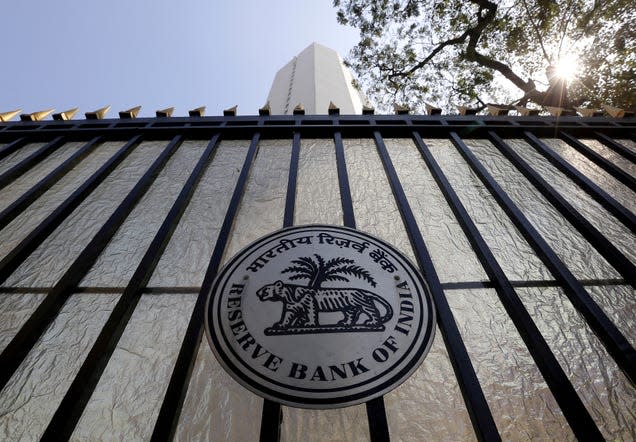India rolls out the first pilot of its digital rupee

India’s central bank today (Nov. 1) rolled out a pilot of its proposed digital rupee, enlisting nine private and state-owned banks to conduct interbank transactions with this form of currency.
The digital rupee bears the same value and legitimacy as a banknote or a coin, except that it takes no physical form—which makes transfers and settlements easier and more efficient.
Read more
The new pilot, the first of several, will test the digital rupee in what the Reserve Bank of India (RBI) calls the “wholesale segment.” In a note (pdf), the RBI said: “The use case for this pilot is the settlement of secondary market transactions in government securities. The use of the digital rupee-wholesale segment is expected to make the inter-bank market more efficient.”
The nine banks included in the pilot are the State Bank of India, Bank of Baroda, Union Bank of India, HDFC Bank, ICICI Bank, Kotak Mahindra Bank, Yes Bank, IDFC First Bank, and HSBC. Eventually, the digital rupee will be piloted in retail banking as well, for public use.
When will bank customers be able to use the digital rupee?
In its note, the RBI said that the digital rupee’s first pilot in retail banking will be rolled out within a month. “The launch will happen in select locations in closed user groups comprising customers and merchants,” it said.
With the digital rupee, RBI wants to provide an additional option to the currently available forms of money. “It is substantially not different from banknotes, but being digital it is likely to be easier, faster, and cheaper,” said the RBI’s Oct. 7 concept note (pdf).
The digital rupee is not a cryptocurrency
So far, fewer than a dozen countries have fully implemented a digital currency, according to the Atlantic Council, a think-tank based in Washington.
Jamaica is the latest country to launch a digital currency, the JAM-DEX, while bigger economies such as China and the US are either testing their own version or preparing to roll it out. China has, so far, put the digital yuan through trials in 15 provinces as it moves towards a nationwide launch. The country’s pilot is expected to run until 2023. The US’s digital dollar, however, is still being researched.
Before the e-rupee pilot, the RBI made clear that it is very different from cryptocurrency, their purely digital existence notwithstanding.
A cryptocurrency is decentralized, unable to be controlled by any governing entity. The digital rupee, though, will be issued and controlled by the RBI. Its centralized nature is, in fact, the RBI’s bulwark against perceived threats posed by cryptocurrencies to the country’s financial stability.
More from Quartz
Sign up for Quartz's Newsletter. For the latest news, Facebook, Twitter and Instagram.

